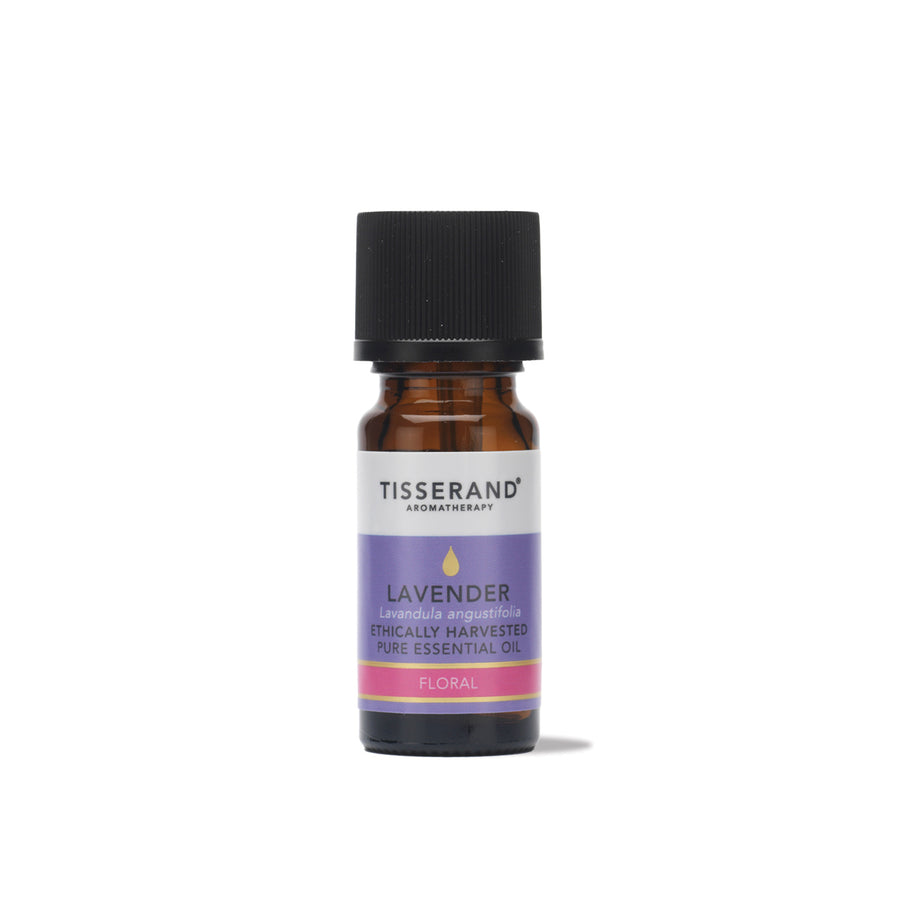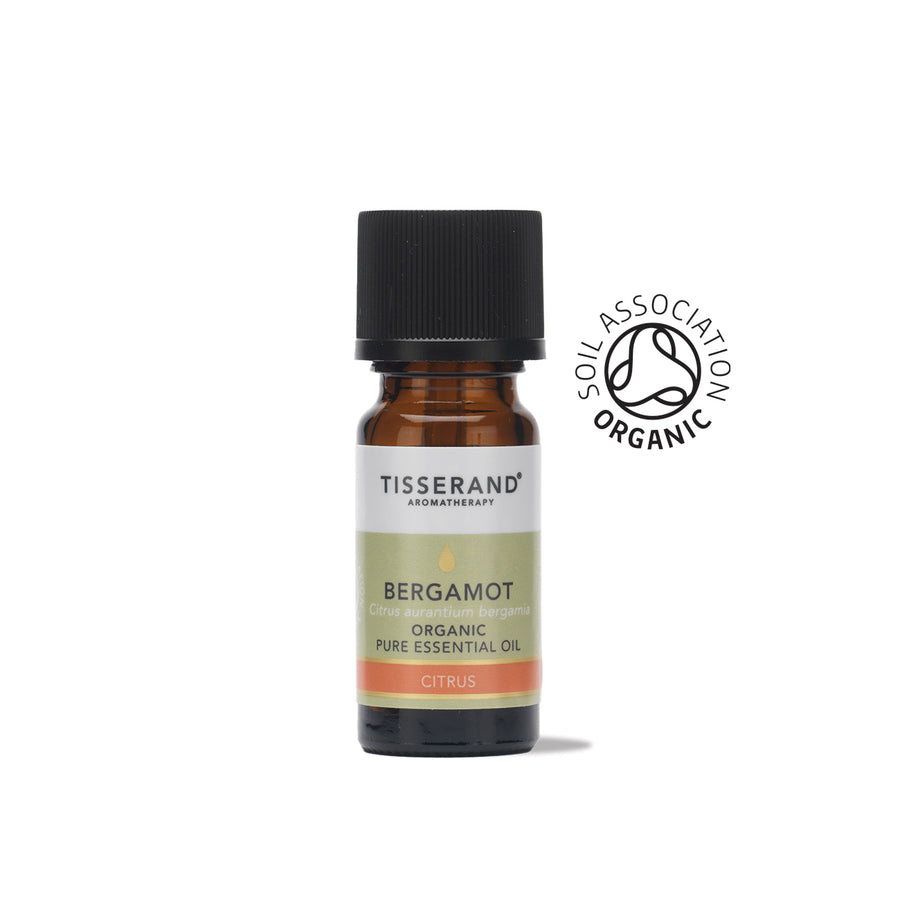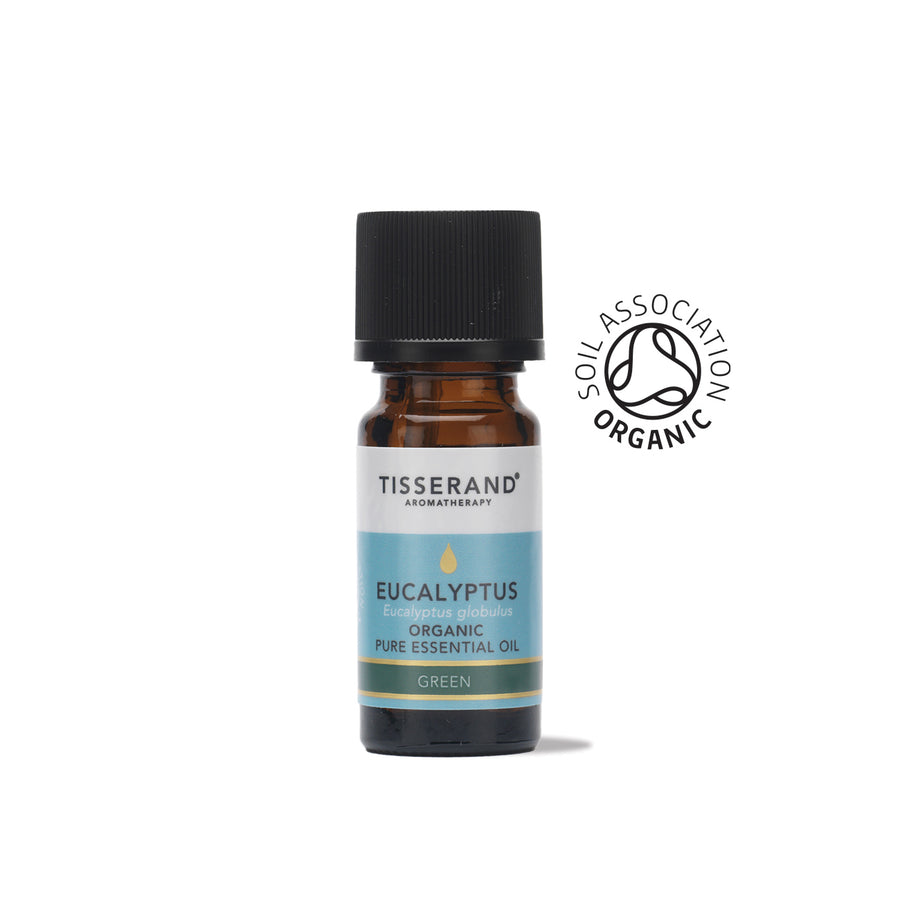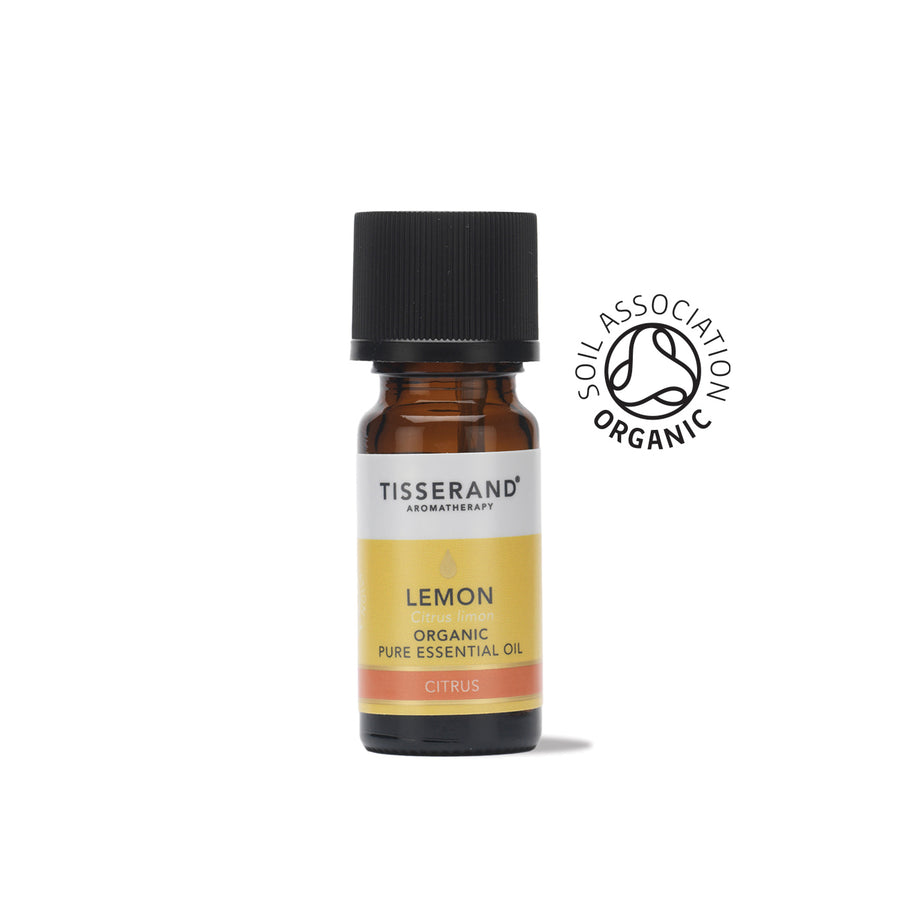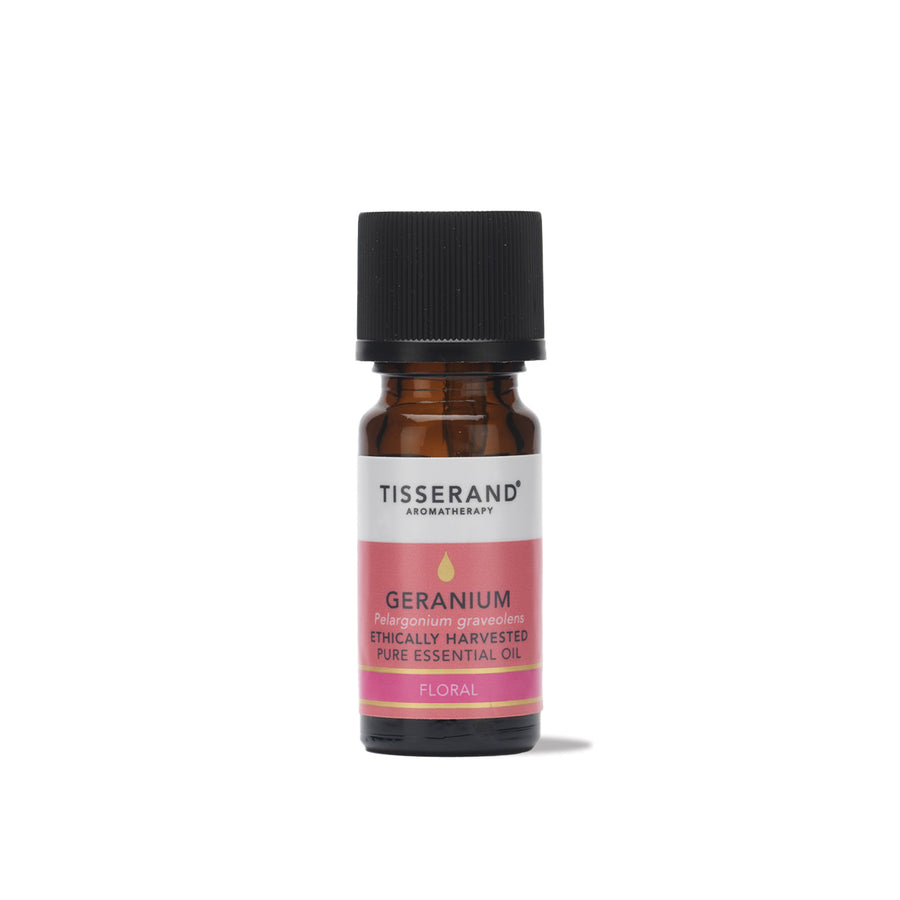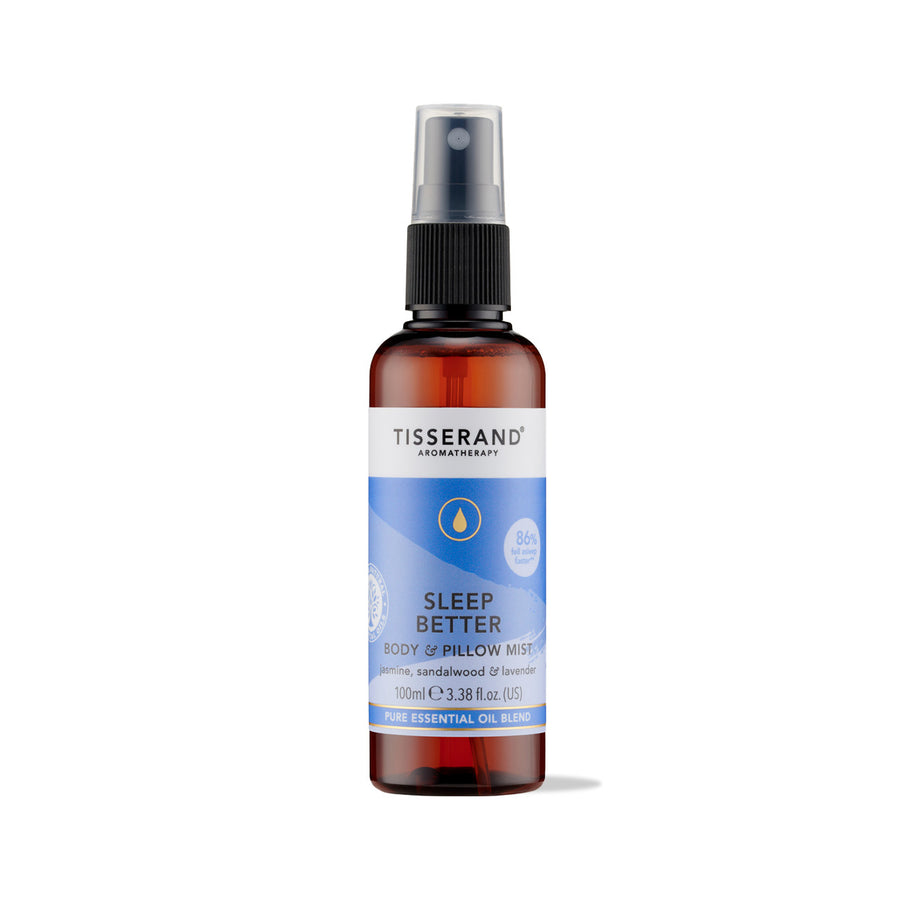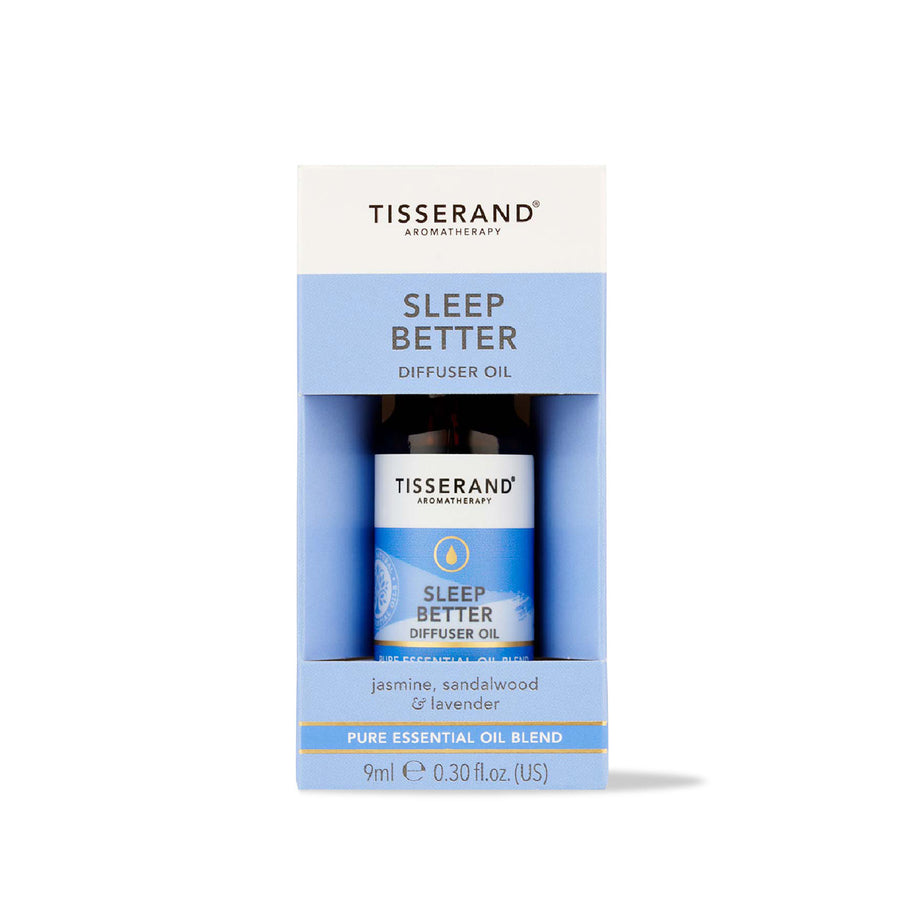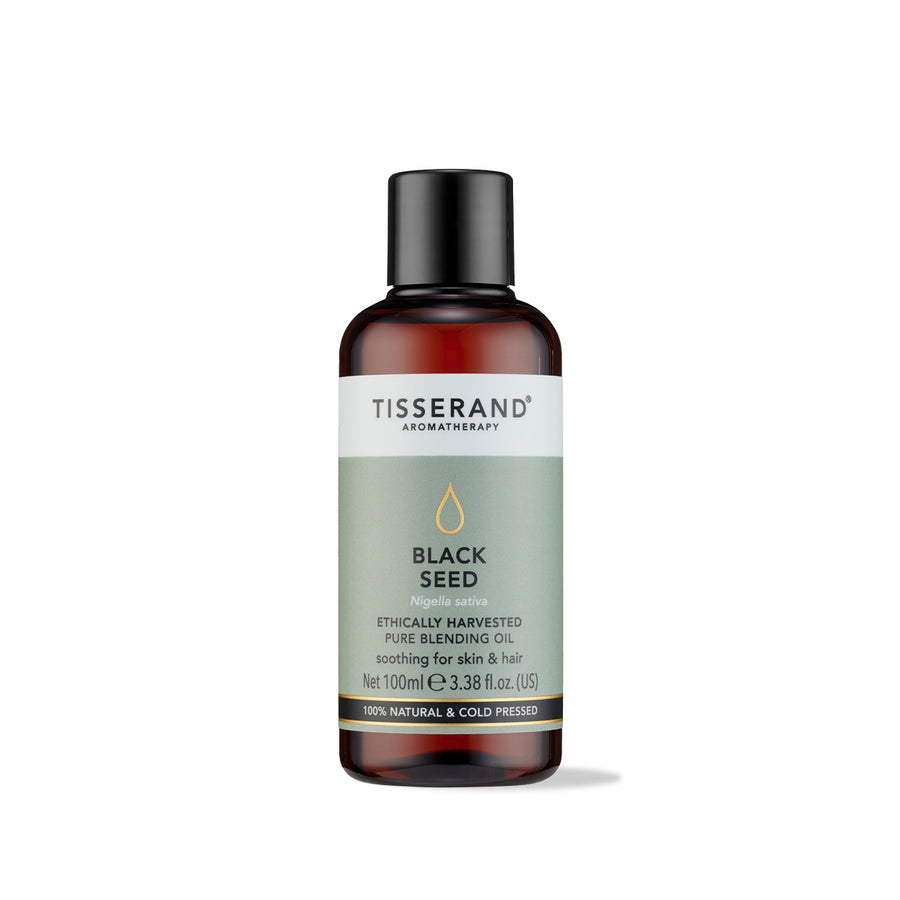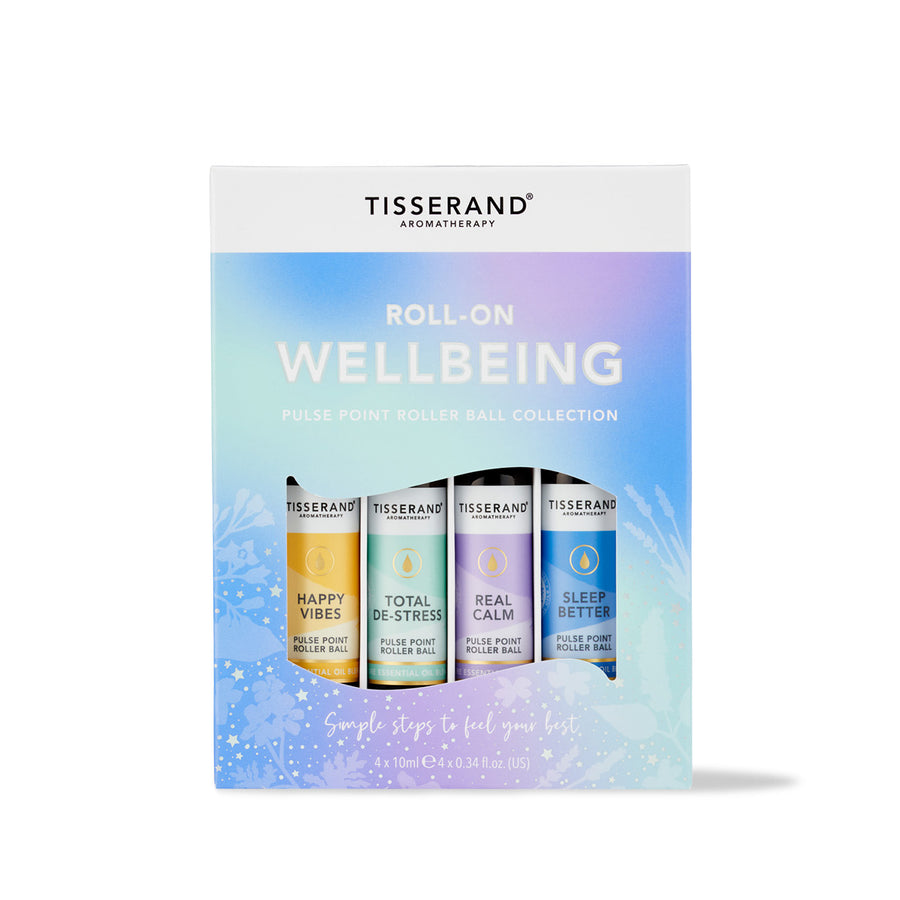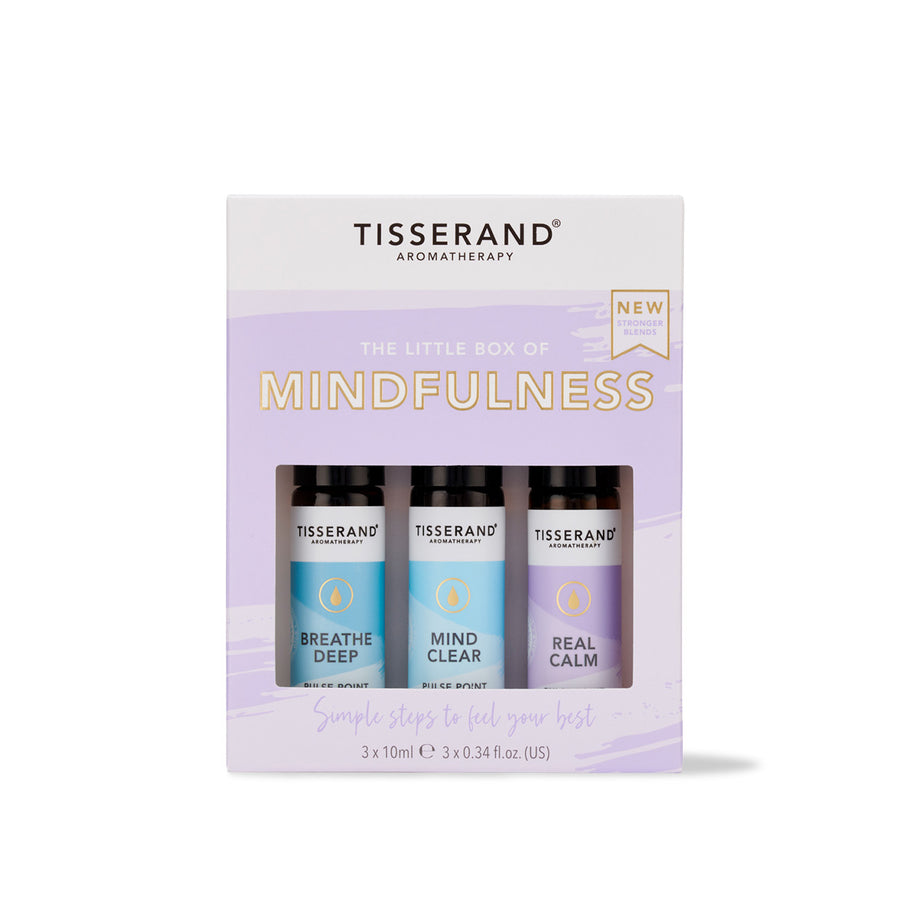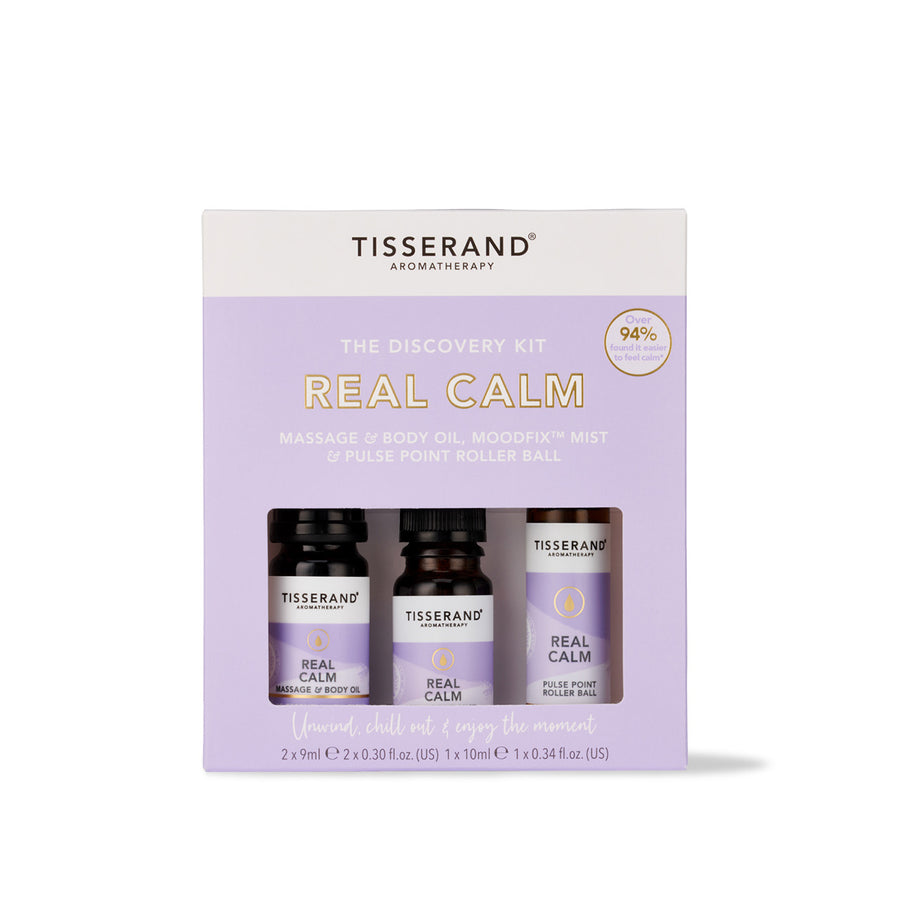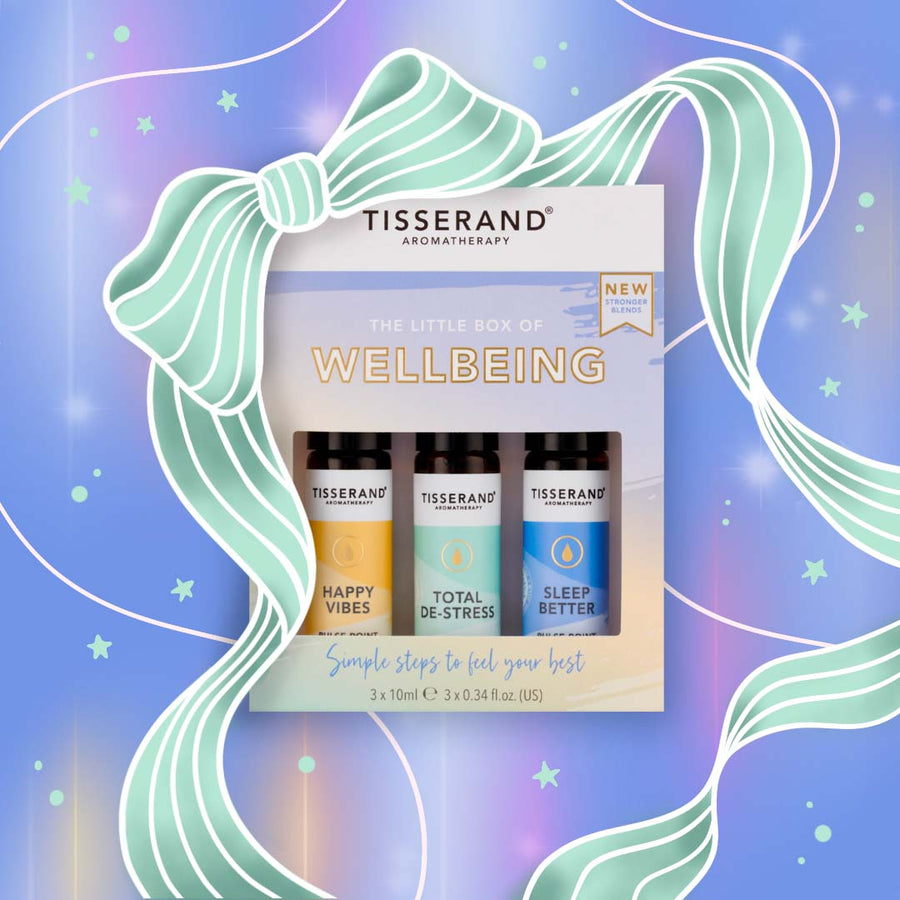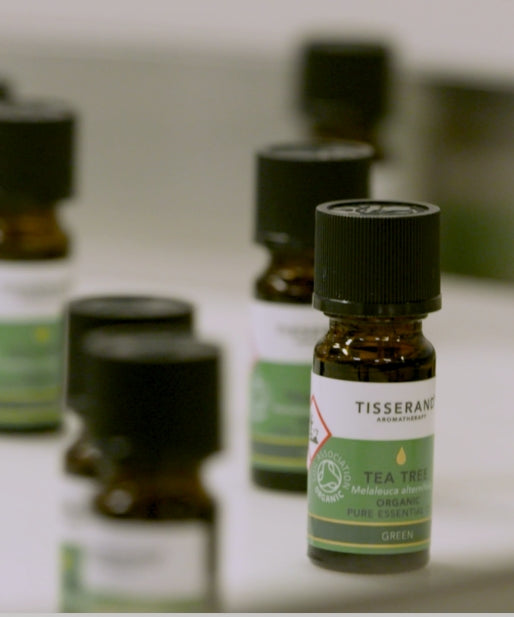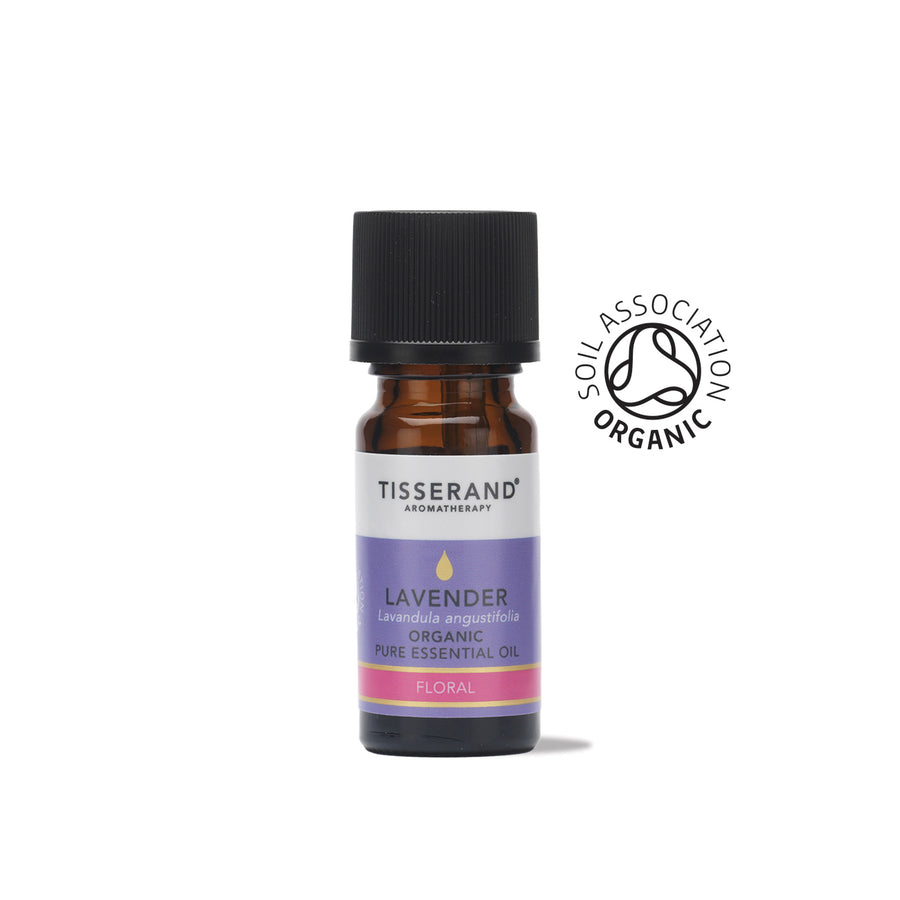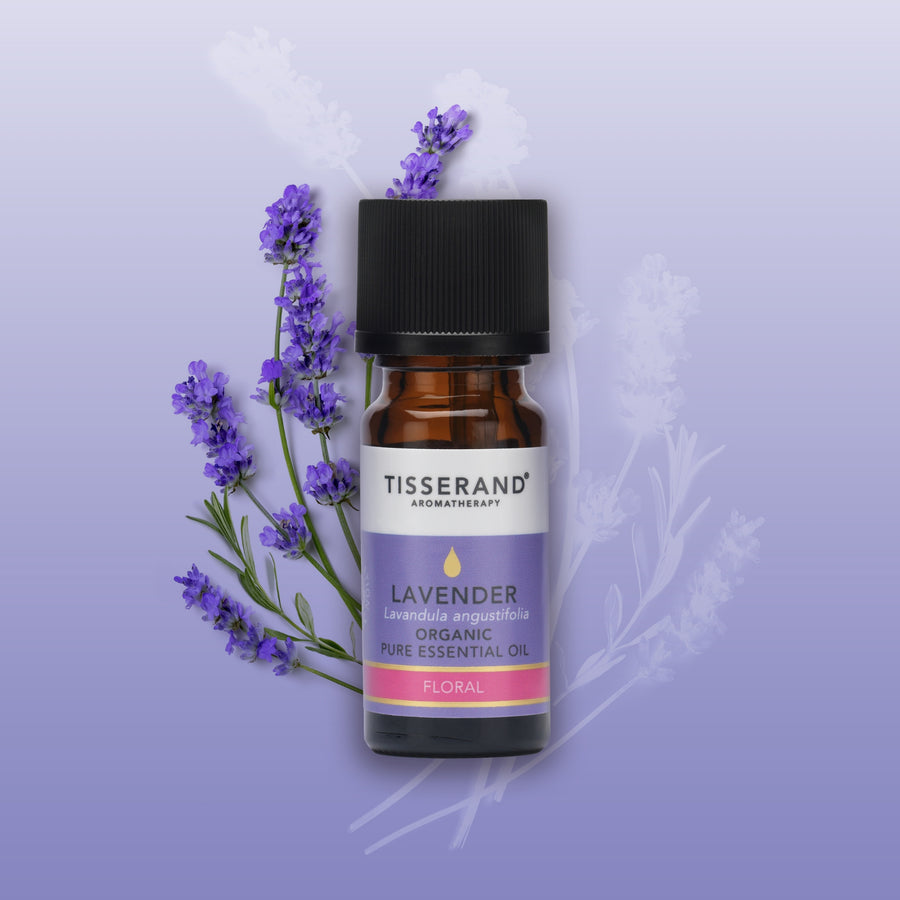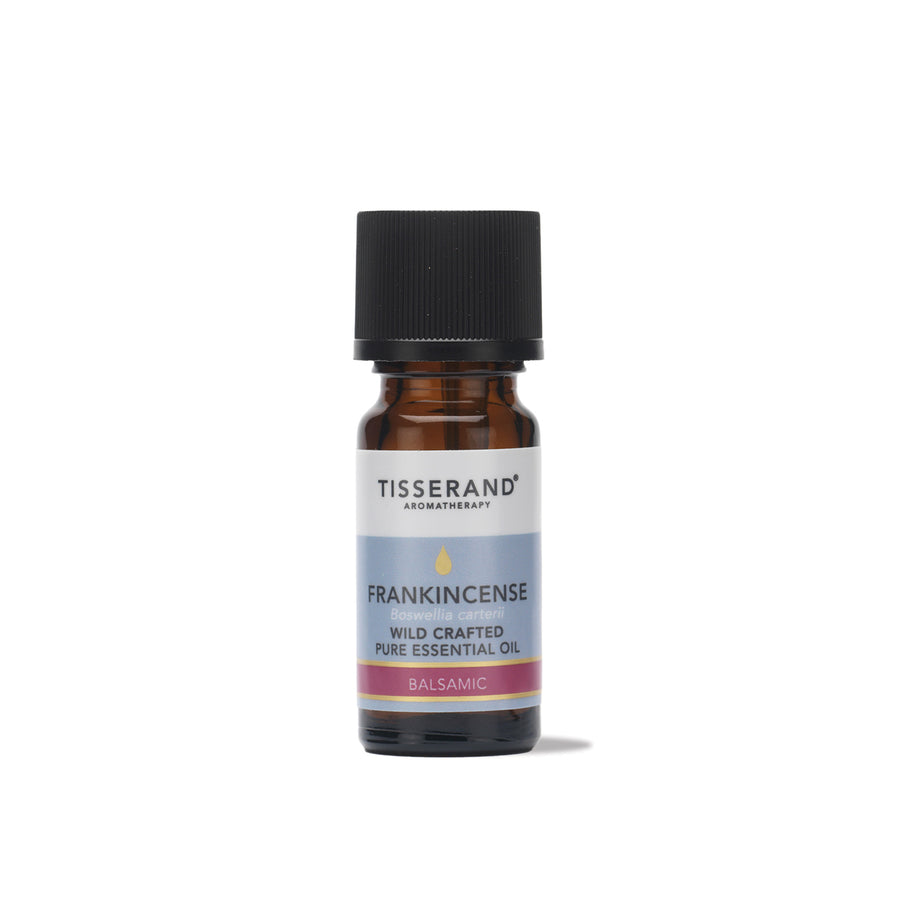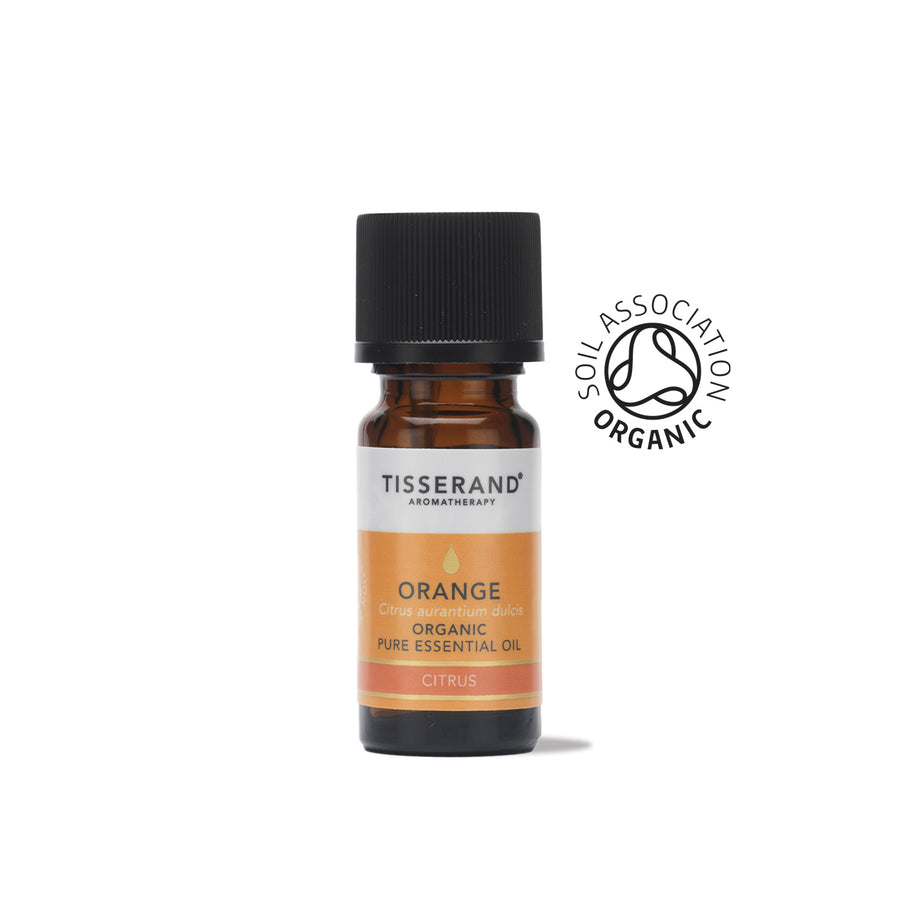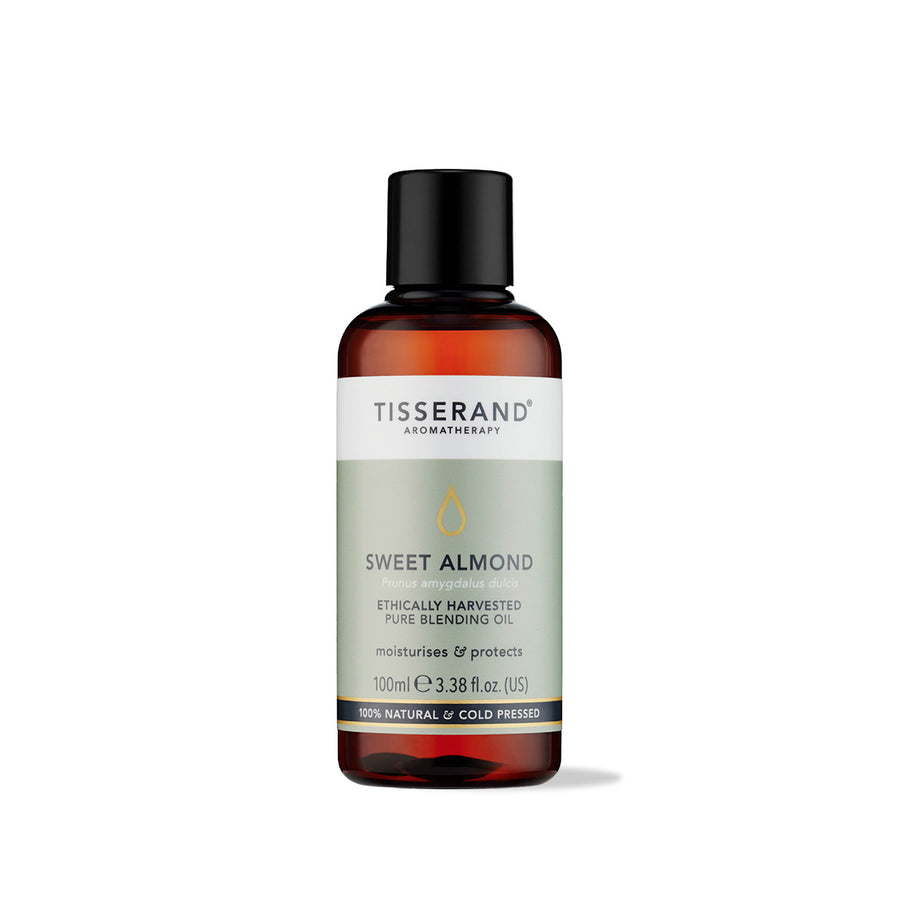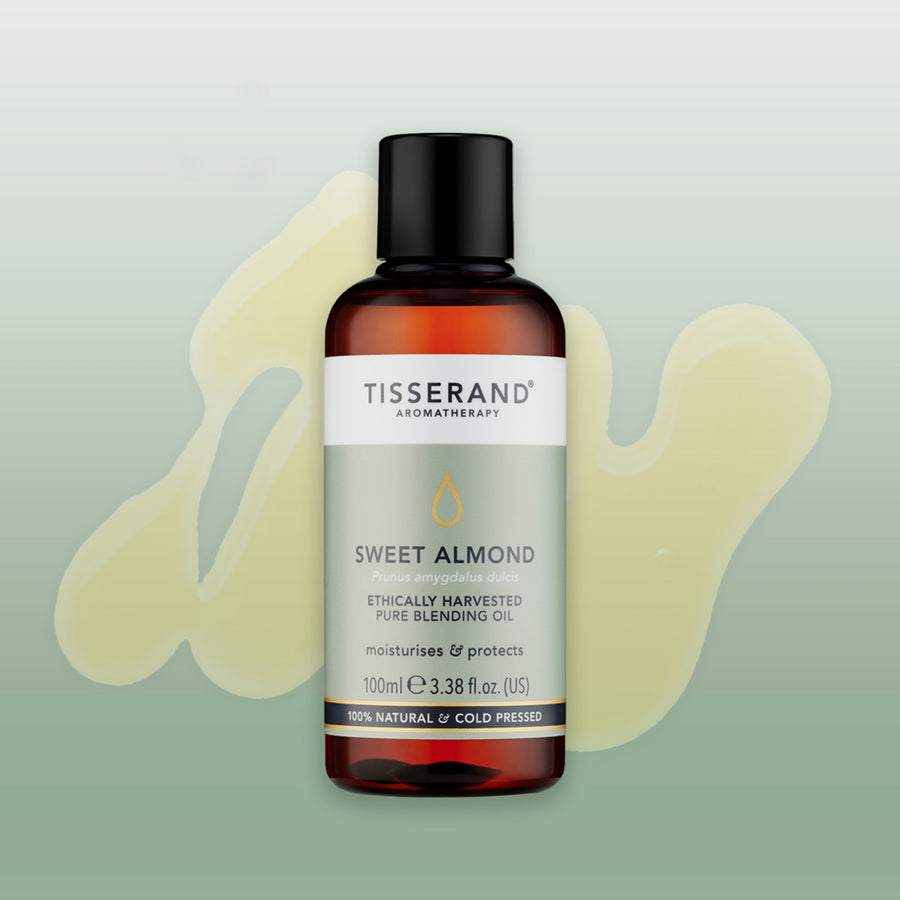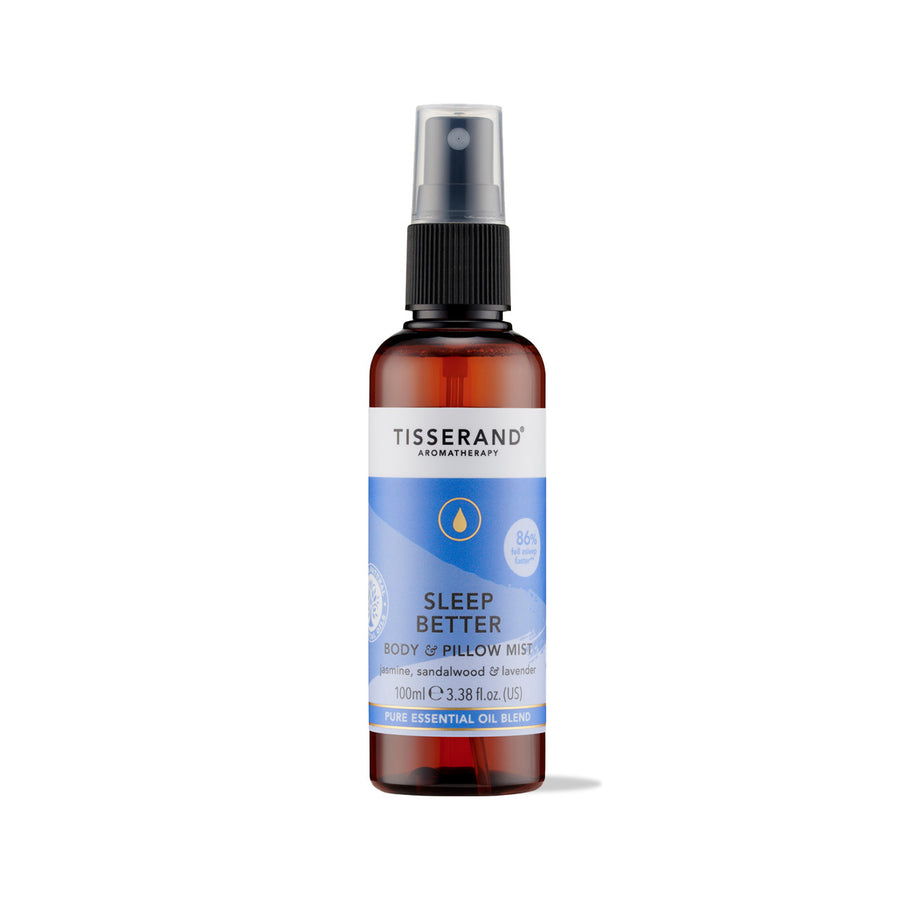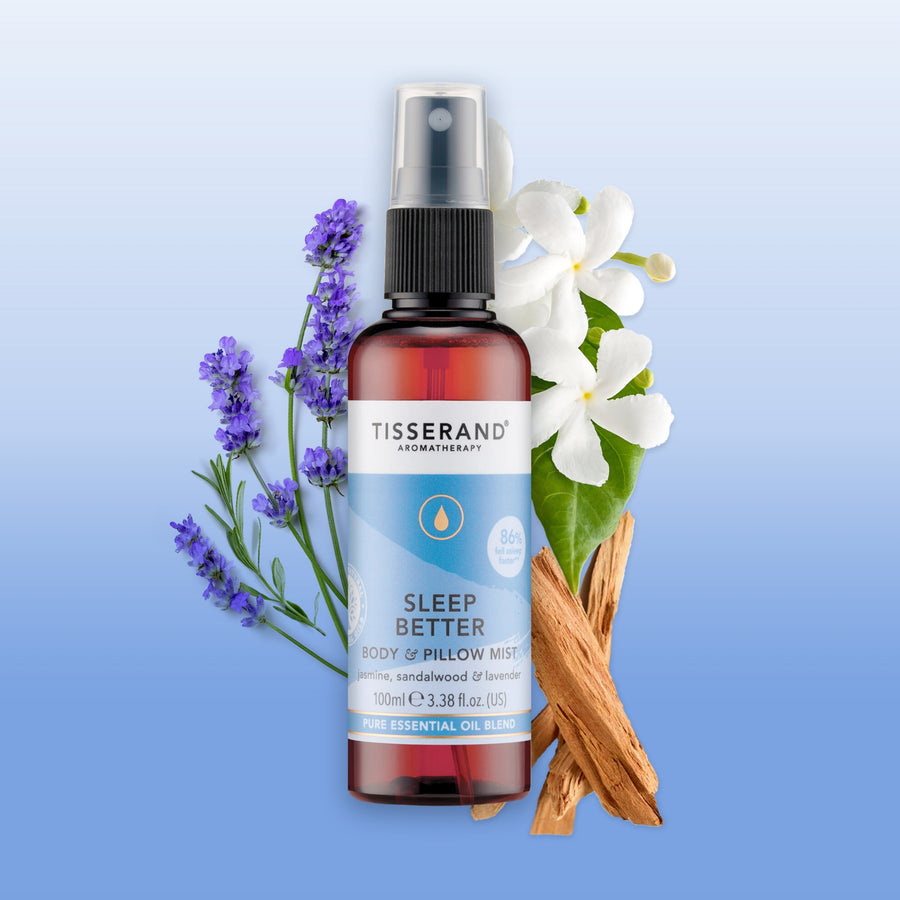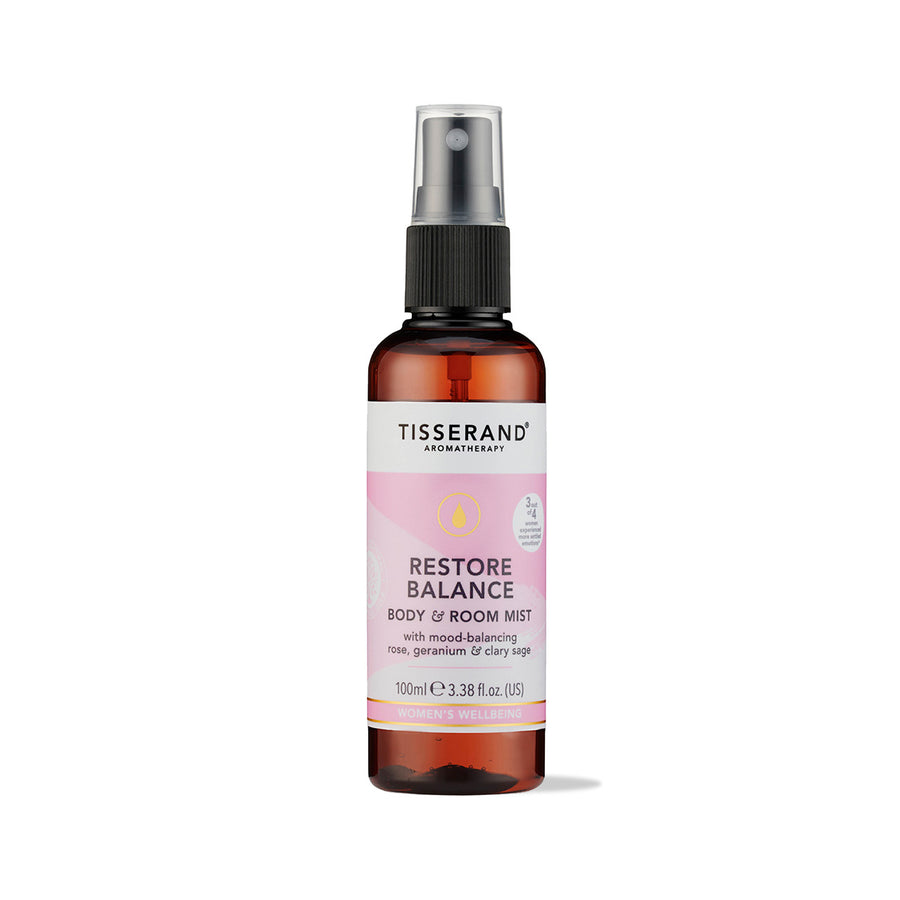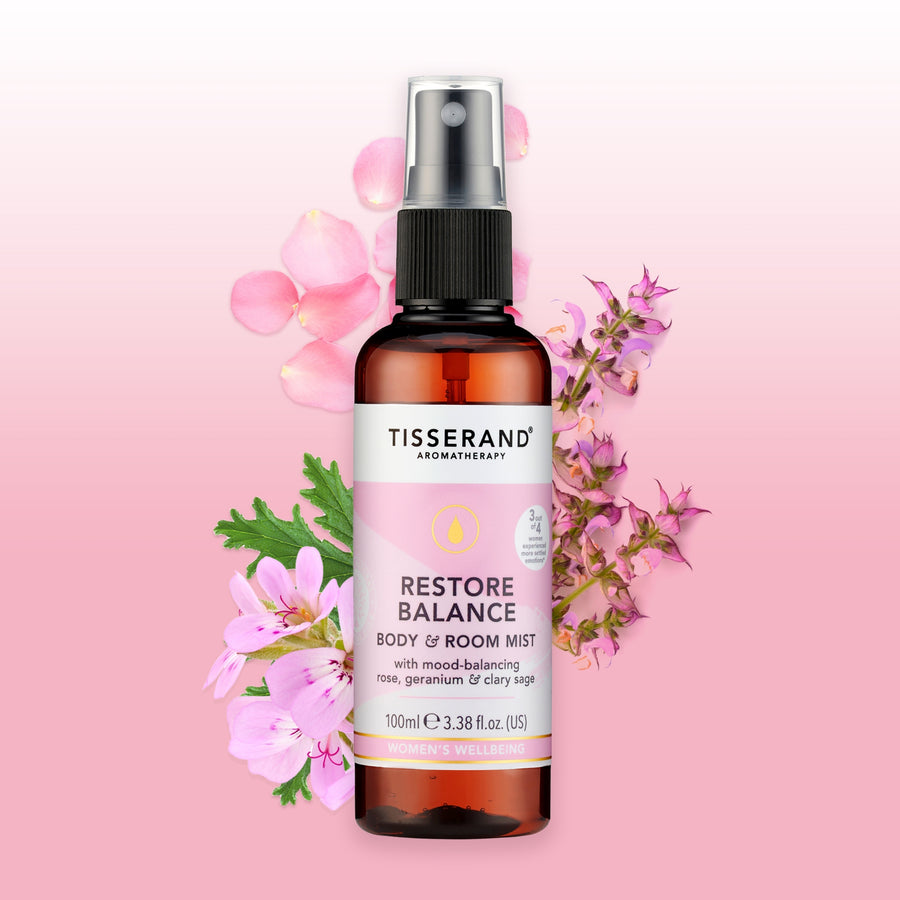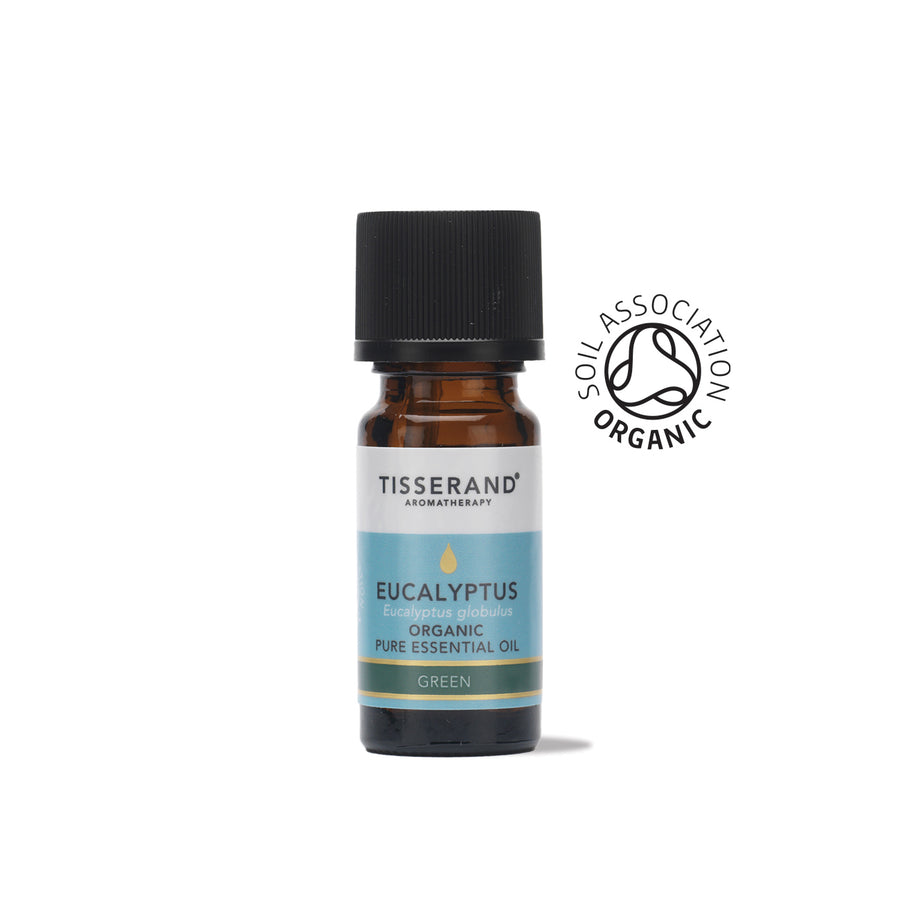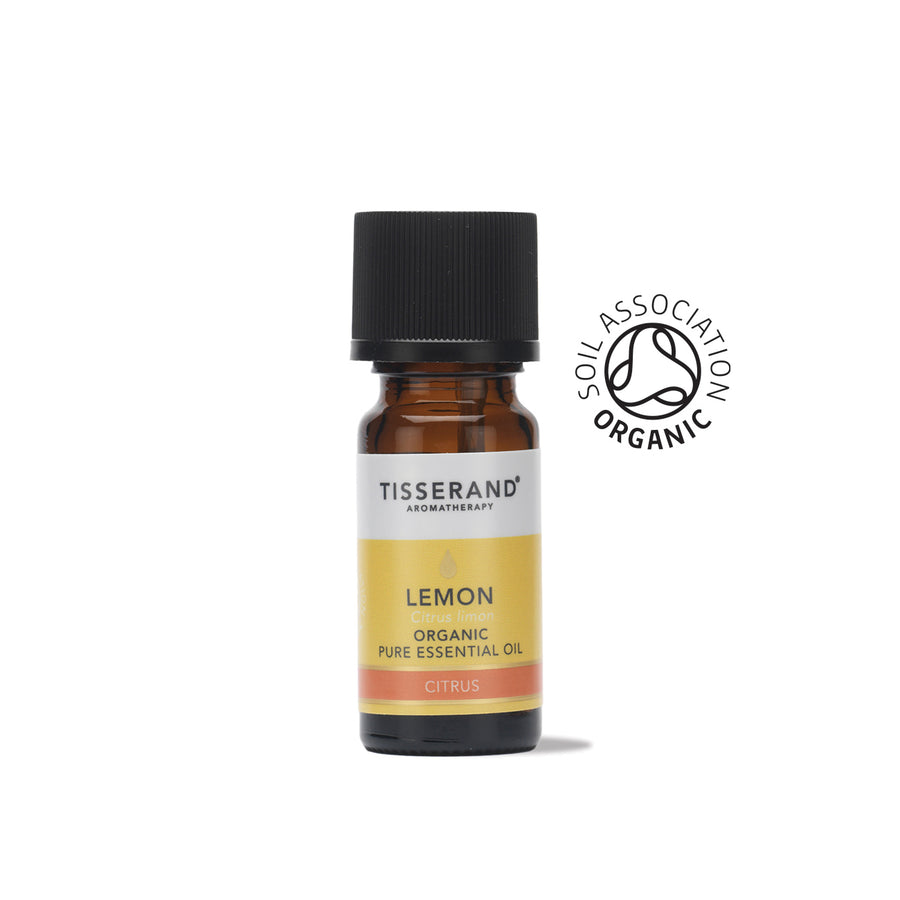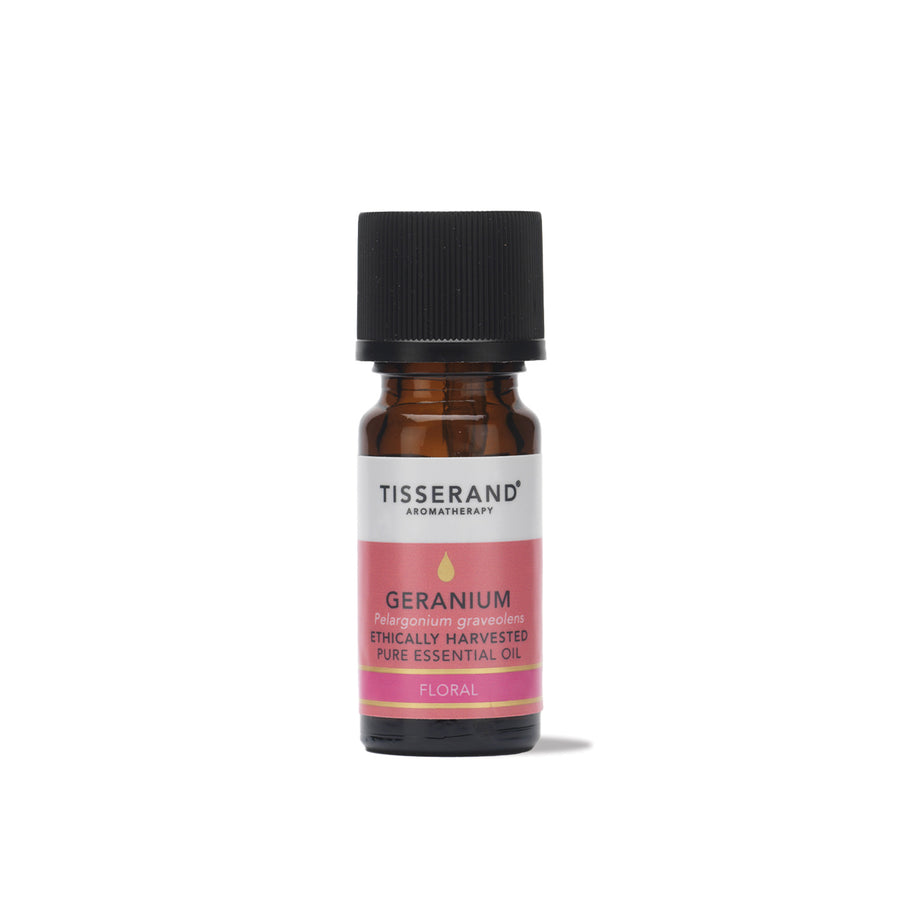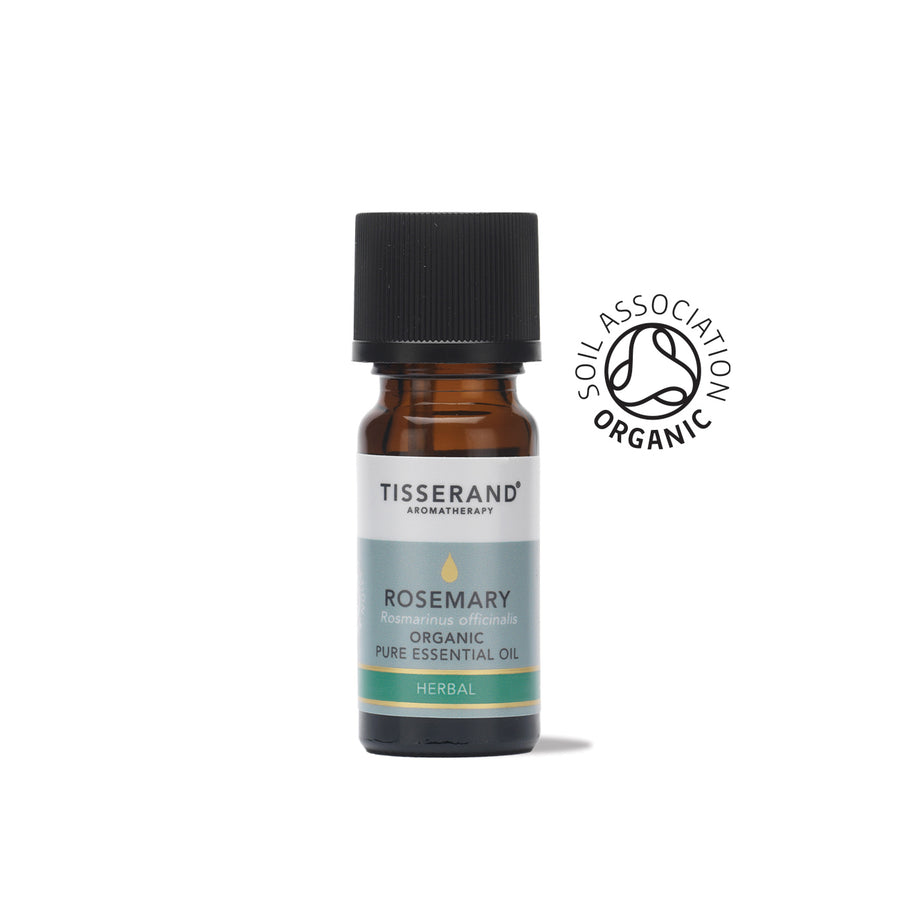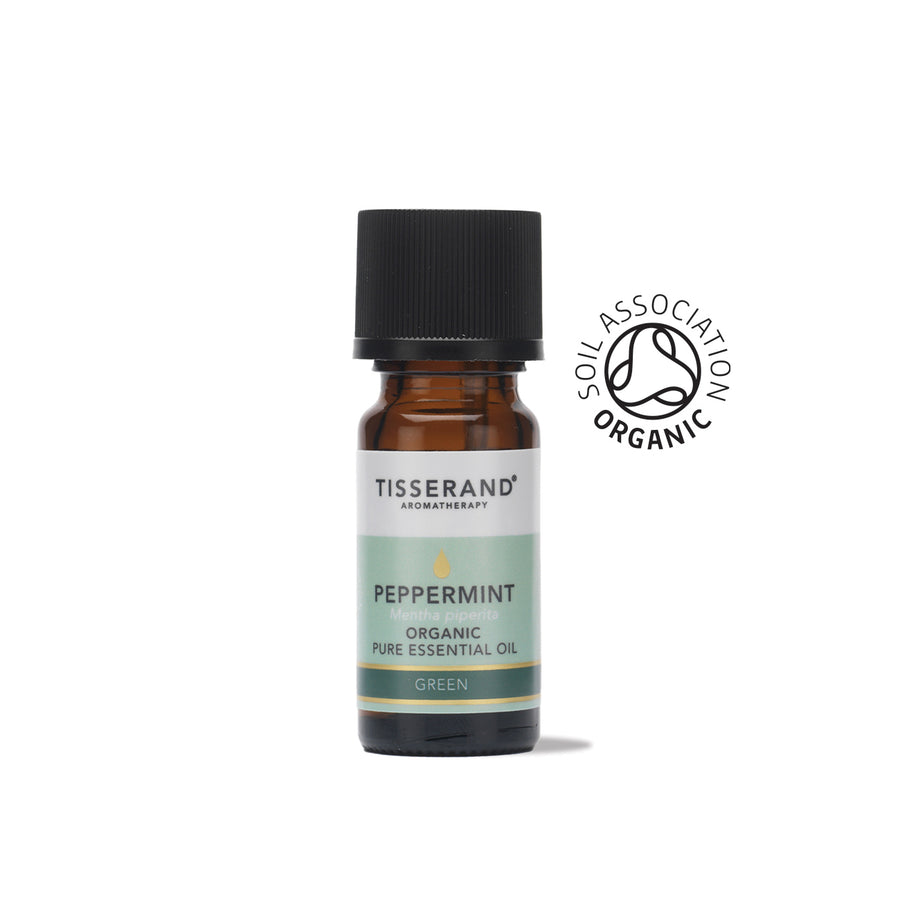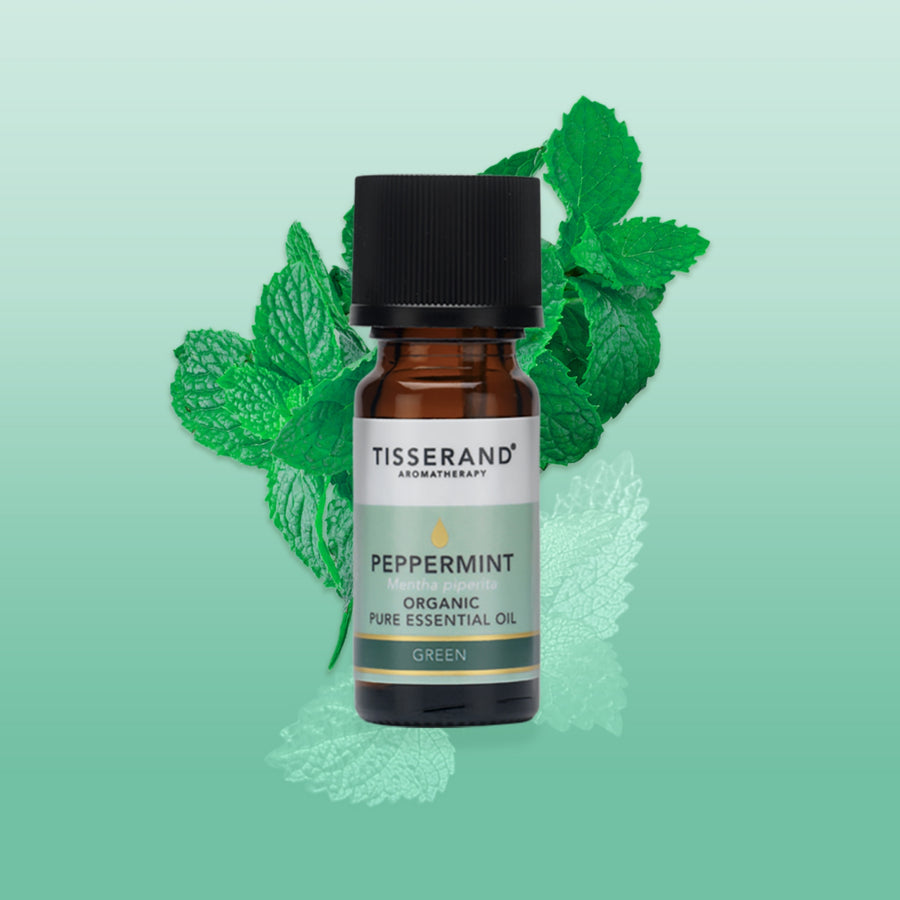5 Symptoms Of Seasonal Affective Disorder

What Are The Symptoms Of Seasonal Affective Disorder? (& How Do I Manage Them!)
Feeling low this winter? Spot the symptoms of Seasonal Affective Disorder (SAD) and get practical advice for a brighter, more manageable season.
How are you finding the dark mornings and early evenings? Are you enjoying the cosy season, or is the ‘winter blues’ creeping back in? If you’re feeling under the weather, it’s completely understandable – we’ve definitely felt the gloomy skies affect our mood here at Tisserand! Though if it’s significantly affecting your day-to-day life, you might be struggling with Seasonal Affective Disorder (SAD), a form of depression that follows a seasonal pattern, typically peaking in the autumn and winter months.
Around 1 in 20 people in the UK are diagnosed with SAD, and NHS estimates as many as 2 million people in the UK experience symptoms of SAD each year. If you’re feeling unusually low and lethargic as winter sets in, know you’re not alone. Here are some things that might help you cope, until the sun shows it’s face again.
What Is Seasonal Affective Disorder?
SAD is a specific type of depression linked to the change in seasons due to shorter daylight hours and lack of sunlight exposure in autumn and winter. According to the NHS, this disrupts how the hypothalamus in the brain functions, affecting:
-
Melatonin Production
Melatonin is a hormone that regulates sleep-wake cycles, signaling to our bodies when it’s time to wind down. In people with SAD, melatonin production can increase, causing excessive sleepiness and fatigue.
-
Serotonin Levels
Serotonin is a neurotransmitter that plays a crucial role in mood regulation, appetite, and sleep. When sunlight exposure decreases, serotonin production may drop, often leading to symptoms of depression.
-
Circadian Rhythm (Body Clock)
Our bodies have an internal clock, which relies on sunlight to keep us in sync with day and night cycles. Limited daylight hours can throw off this rhythm, leading to feelings of sluggishness, poor concentration, and mood shifts.
Think you might be struggling with SAD? Let’s look at the common symptoms and how you can effectively manage them.
5 Symptoms Of Seasonal Affective Disorder – And How To Cope!
SAD symptoms can vary from person to person, but they generally mirror the common signs of depression, with added seasonal factors. Here’s a closer look at 5 common symptoms of SAD and some practical tips to cope with them:
Low Mood
It’s normal to experience fluctuations in your mood, but if you’re experiencing a persistent sense of ‘gloom’ and hopelessness, and these feelings intensify during winter, SAD might be the cause.
How to cope: Try maximising your exposure to daylight by spending time outside, even on cloudy days. You can even explore light therapy lamps, which mimic natural sunlight to boost serotonin levels.
Difficulty Waking Up
Does getting out of bed feels like an uphill battle? The darker mornings make it harder for our bodies to wake up naturally, but if it starts to affect your daily life, it’s worth addressing.
How to cope: To help reset your body clock, consider establishing a consistent morning routine that starts with a bit of movement or a warm beverage. Sunrise alarm clocks, which gradually fill the room with light, can also ease you into wakefulness more gently, mimicking natural sunrise.
Craving Carbs and Comfort Foods
Everybody loves a sweet treat, especially when the Christmas goodies hit the store, but if your carb cravings get all-consuming, it might be a symptom of SAD.
How to cope: While it’s natural to want comfort foods, a high-carb diet can lead to energy crashes, exacerbating fatigue. When the carb cravings hit, opt for complex carbs like oats, sweet potatoes, and whole grains instead. These release energy steadily and support more stable blood sugar levels.
Frequent Illness
SAD can weaken your immune response, making you more susceptible to colds and other seasonal illnesses. With little sunlight exposure, you might be lacking in Vitamin D too.
How to cope: Regular exercise, even something as simple as a daily walk, can boost your immune system and improve your mood. Additionally, immune-boosting foods like leafy greens, citrus fruits, nuts, and seeds can help strengthen your resilience. Consider a Vitamin D supplement if you’re unable to get outside regularly.
Social Withdrawal and Isolation
Do you find yourself spending more time alone in winter, isolating yourself from friends and ‘hibernating’ at home? While solitude can feel comforting, SAD can lead to prolonged isolation which may worsen low moods.
How To Cope: Make an effort to connect with friends or family members regularly, even if it’s just a quick chat. Engaging in group activities like winter hikes or online classes can provide a sense of community, which is essential for emotional well-being.
Final Thoughts - Beating The Winter Blues!
If you’re struggling with SAD, don’t hesitate to reach out to a doctor or therapist. For more ways to naturally support your mood and wellness during the winter, check out these helpful guides:
Remember - winter isn’t inherently bad! With the right support and strategies, you can manage SAD and make this season a snuggly, cosy, and enjoyable one.






